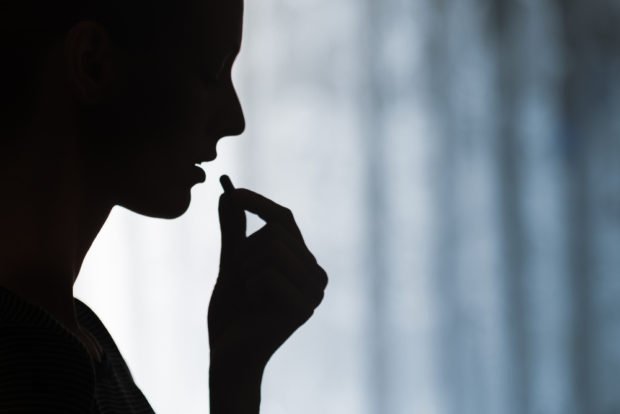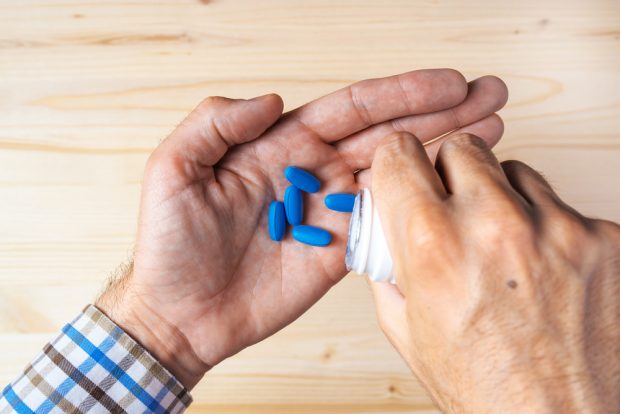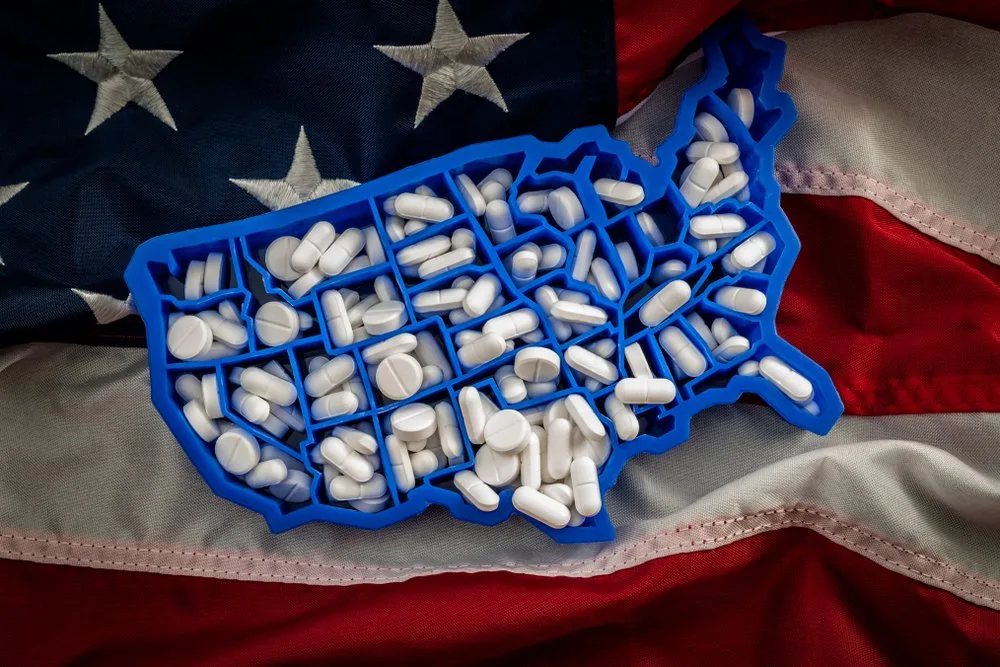The opioid epidemic has plagued the United States over the past three decades with reports of addictions and escalating deaths from drug overdoses. In fact, opioids were responsible for shaving 0.36 years off Americans’ life expectancy in 2016 and this number is higher than the one caused by guns or motor vehicle accidents.
However, recent reports have suggested that America’s deadly bond with prescription drugs may, whilst slow, finally be loosening.
According to provisional data from the U.S. Centers for Disease Control and Prevention’s National Center for Health Statistics, around 68,500 Americans died of drug overdoses in 2018. Whilst this is still a startling and alarming number, it’s good news. Why? This number is lower when compared to the 72,000 individuals who passed on in 2017. This then means that in 2018, the United States experienced an approximately 5% reduction in overdose deaths nationwide. What’s more, this is the first decline in total drug overdose deaths since 1990.
Before we get into detail about how this news means that authorities are making progress in curbing America’s substance abuse crisis, it’s important to first understand exactly what the opioid epidemic is.
What are opioids?
Naturally found in opium poppy plants, opioids are a group of drugs. The various drugs are either made directly from the plant or synthesized in a laboratory. As a result, the drugs range from prescription opioids to illegal drugs such as heroin. 
Opioids work by attaching themselves to opioid receptors in your brain cells. These cells then release signals that block your perception of pain. As a result, prescription opioids are primarily used for pain relief. The most common prescription opioids include morphine, tramadol, fentanyl, methadone, diamorphine, and alfentanil.
However, opioids can also boost your feelings of pleasure and make you feel high, and this is where the concern arises.
Opioids, once legally prescribed by a doctor, are meant to be taken for a short period of time. However, they can, unfortunately, be very addictive and the euphoric feeling that they provide can lead to psychological dependence on the drugs.
What is the opioid crisis?
In October last year, President Donald Trump officially declared the opioid epidemic a public health emergency. Opioids take countless lives each year. Whilst the numbers can be attributed to deaths from illegal drugs such as heroin, almost half include prescription opioids.
This then begs the question, why does America have such a prescription opioid problem?
Advertising
In 2018, pharmaceutical companies in the United States spent a total of $30 billion dollars on advertising, with ads appearing 5 million times in just one year.
Patients often approach their doctors with the hopes of being prescribed a specific drug after seeing it advertised on TV.
Whilst the American Medical Association called for a ban on adverts for prescription drugs in 2015, nothing came to fruition. The argument is that the ads help to better inform consumers about their options. Also, it is up to their doctors to help them navigate the various product claims.
Addiction and gateway drugs
It should be noted that prescription opioids are often a gateway drug. Due to their strong addiction, and inability to afford them on their own, addicts soon turn to cheaper street drugs such as heroin to fuel their addiction. In 2017, 652 00 in 2017 were battling heroin addictions.
Flattering doctors
Drug companies frequent the offices of doctors and physicians, all in an effort to sell their products.
According to data from the Centers for Medicare & Medicaid Services, $9.35 billion was the total dollar amount of payments in 2018. Furthermore, a 2016 study published in the JAMA Internal Medicine journal found a strong association between doctors who received free meals and an increased rate of prescribing the promoted brand-name medication.

It appears that these big-brand pharmaceutical companies have a strong, negative influence on some doctors. In fact, a 2016 study found that Japanese doctors treated acute pain with opioids in 47% of cases whereas American doctors used opioids in 97% of the cases.
Lack of healthcare
The US does not have universal healthcare. This then means that some patients will have to find some way to pay their medical bills. Unfortunately, for many poor people, their insurance won’t pay for anything but a pill. Whilst prescriptions have fallen in the past few years, this is still an area of concern.
The letter
In 1980, a paragraph-long letter titled Addiction Rare in Patients Treated with Narcotics was published in the New England Journal of Medicine.
Dr. Hershel Jick wrote the letter and has been quoted as saying that “despite widespread use of narcotic drugs in hospitals, the development of addiction is rare in medical patients with no history of addiction.” This assumption was based on an anecdote that out of 11,882 hospitalized patients were treated with narcotics, only four patients with no history of addiction became addicted. Moreover, the letter only described the effects on hospitalized patients and not on patients who were battling chronic pain and thus would need to take painkillers regularly.
As it was published in a prestigious and respected journal, the letter carried a lot of weight. In fact, the letter was used as proof that certain opioid-based drugs can be safely used outside of a hospital setting. As we now know, this is far from true which is why the letter now carries an online warning note.
 How did this letter affect the opioid epidemic?
How did this letter affect the opioid epidemic?
Pharmaceutical companies used the letter as a way to promote their product. However, they did have to face the consequences.
Oxycontin is a common prescription opioid. When it first entered the market, it was marketed as being safer and more effective than other prescription drugs. Unfortunately, it was just as addictive and plenty of patients began to abuse the painkillers. Eventually, in 2007, the makers of Oxycontin pleaded guilty in federal court to “misbranding“ by falsely claiming Oxycontin was less addictive and less subject to abuse than other pain medications.
If that’s not enough, both Ohio and Mississippi have sued opioid manufacturers for unleashing “a health care crisis that has had far-reaching financial, social, and deadly consequences.” (1)
Do other countries have an opioid crisis?
Whilst the United States and the UK battle with their own prescription drug epidemic, it’s been revealed that there are other countries around the world that are dealing with their own crisis. Their concerns are mostly about the lack of access to painkillers.
According to the journal The Lancet, 90% of all the morphine in the world is consumed by the world’s richest 10%. The journal revealed the following statistics:
- US gets 30 times more opioid pain relief medication than it needs
- Mexico gets only 36% of what it needs
- China gets about 16% of what it needs
- India gets 4% of what it needs
- Nigeria gets just 0.2% of what it needs
For patients in underdeveloped or developed countries, the lack of access to painkillers becomes so extreme that they often battle with suicidal thoughts. For example, Uganda makes its own liquid morphine and distributes it free of charge to government hospitals.
Is there an end to the epidemic in the United States?
The data presented isn’t final. However, it does prove that there may be light at the end of the prescription epidemic tunnel.
Opioid deaths declined slightly, from about 49 000 in 2017 to a predicted 47 600 in 2018. The data shows that deaths from natural and semi-synthetic opioid prescribed painkillers fell from 14,926 to 12,757, or 14.5%. This is a comforting fact considering that between 1999 and 2017, the number of annual drug overdose deaths in the U.S. was shot from nearly 17 000 to more than 72 000. This may have something to do with the fact that America’s largest drug companies gave out 76 billion oxycodone and hydrocodone pain pills between 2006 and 2012.
“The latest provisional data on overdose deaths shows that America’s united efforts to curb opioid use disorder and addiction are working. Lives are being saved, and we’re beginning to win the fight against this crisis,” said US Health and Human Services Secretary Alex Azar in a statement, “While the declining trend of overdose deaths is an encouraging sign, by no means have we declared victory against the epidemic or addiction in general. This crisis developed over two decades and it will not be solved overnight.”
According to ANR Clinic, an accredited opioid treatment institution, In order to move forward, we need to recognize that the problem is not caused by the failure of the individual but instead is a chronic illness and should be treated as such. Once we can come together and do this as a society, we can make significant strides toward finding a modern solution to medically treat the national opioid epidemic and putting a prevention plan in place.
What about the other drugs?
It should be noted that there is still a concern about synthetic opioids. These include drugs such as fentanyl, methamphetamine, and cocaine. According to provisional data from the U.S. Centers for Disease Control and Prevention’s National Center for Health Statistics, deaths associated with these drugs have risen, slightly.

In 2017, 10 749 died as a result of methamphetamine and this number rose to 12 987 in 2018. Moreover, deaths involving cocaine in 2017 were at 15 000. In 2018, the number rose to 15 700.
What’s causing the steady decline?
In 2016, the CDC issued opioid prescribing guidelines and this soon led to a decrease in prescriptions. It appears that cautious prescribing of opioid painkillers has led to a decrease in opioid use. However, this tightening of regulations may have also contributed to the rising heroin crisis.
Furthermore, a lot of drug users now have increased access to the drug naloxone. The drug has been touted as an overdose-reversing drug and it’s apparently helped save countless lives.
The report does have its limitations
Whilst it is comforting to know that the opioid epidemic may be coming to an end, the report from the CDC does have a few limitations.
For one, the data is subject to change before the end of the year. Thus, we cannot get too optimistic about the results. Second, if any new synthetic opioids make it into the market, then overdose deaths are likely to skyrocket.
Are there any other ways to curtail the opioid epidemic?
It appears efforts to curtail prescription drug abuse are working in some way. However, there is also concern that individuals who genuinely need painkillers may have to suffer to get them. That said, how can one find a balance between the two?
Stricter prescription protocols
It is way too easy to get a prescription for opioids. Doctors and other medical practitioners need to pay closer attention to marketing methods and prescription practices. They should also study alternative forms of pain relief as some forms of painful injury, such as an ankle sprain, do not require a prescription of 60 painkillers. In fact, the use of medical marijuana may help to curtail the epidemic.
Treating opioid addiction a real healthcare problem
According to the National Survey on Drug Use and Health, only one in four people with an opioid problem are treated for it. If one is going to curb overdose rates, it’s important to get ahead of the problem. This can be done by combining the use of overdose-reversing drugs with behavioral therapies aimed at helping people beat their addictions.
The bottom line
The abuse of prescription drugs is a very real problem. One of the best ways to address this issue is through information. It’s important that as many people as possible are aware of the risks associated with opioid use.



 How did this letter affect the opioid epidemic?
How did this letter affect the opioid epidemic?![women [longevity live]](https://longevitylive.com/wp-content/uploads/2020/01/photo-of-women-walking-down-the-street-1116984-100x100.jpg)










